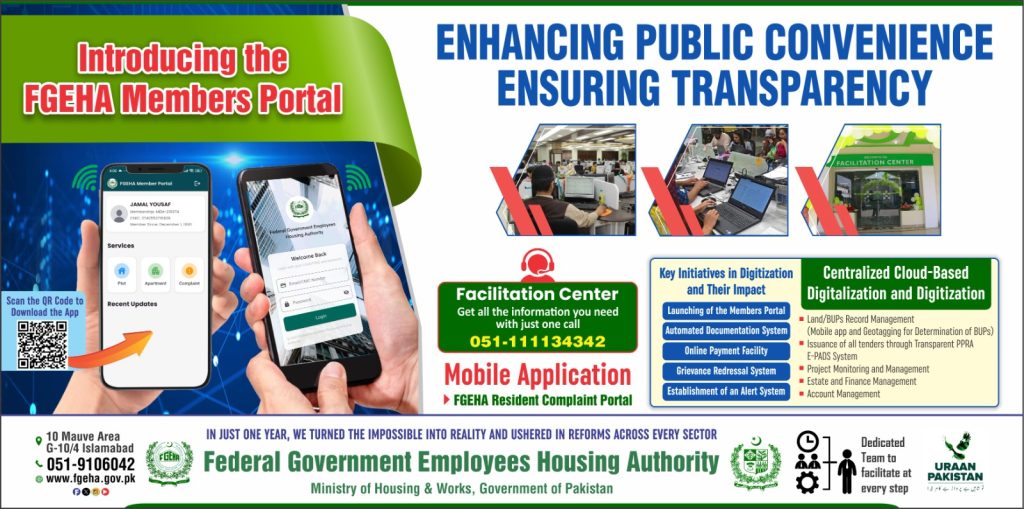ISLAMABAD STAFF REPORTER
Schools should be havens of progress—for students and for teachers. But behind the closed doors and staff meetings, many teachers experience a different space: toxic workplace poison that assassinates morale, suppresses promise, and ruthlessly attacks women.
From administrators who gaslight their male counterparts to colleagues who use gender stereotypes as guns, the educational industry is not proof from the biasing assumptions that plague other sectors. And indeed, its impossibly saintly reputation makes the damage more difficult to articulate.
Studies have demonstrated that female teachers are more apt to resort to undermining behavior, especially once they become principals. In the 2023 National Association of Secondary School Principals survey, 68% of female principals reported their authority was questioned, whereas 35% of their male counterparts reported it. While “bossy” or “emotional” labels trail women along the career path, men are celebrated as “decisive.”
The Gaslighter undermines confidence by denying facts, often saying things like, “You’re misremembering—I never said that,” or “You are too emotional.” This behavior is common in union disputes or evaluations.
The Credit Thief takes ownership of others’ ideas, remarking, “We all worked hard on this!”—even when it was your idea—or backhandedly saying, “Wow, you actually handled that meeting well… surprising!” This often happens in group settings like curriculum development.
The Passive-Aggressive Peer masks resentment with sarcasm, making comments like, “Wow, you really got the budget approved… how’d you pull that off?” This is typical in departmental politics.
The Bully thrives on public humiliation, shouting, or sexist remarks such as, “Maybe a man should handle this.” These individuals are often protected by tenure or district connections.
The Opportunity Gatekeeper limits access to promotions or professional development funding, telling women, “You’re not ready for this committee,” while offering male colleagues the same role.
Schools boast about respect, but often accept behaviors that they would sanction in students. Female teachers describe gendered double standards, where male assertiveness is seen as leadership while female assertiveness is labeled “aggression.” They face isolation, being excluded from decision-making groups, particularly in male-dominated fields such as STEM or athletics. They are burdened with emotional labor, asked to train struggling peers, and then reprimanded for “not being outcomes-focused. Transforming from survival mode to creating systematic change, preserve emails, document witnesses, and track patterns, such as being left off meeting invites. Use scripted responses to combat gaslighting: “My notes show otherwise. Let’s review the facts.” When facing credit theft, reply, “I’m happy that you appreciate my suggestion. Let’s negotiate how to do it.”
Formal channels must be utilized. File under Section 354 PPC, 509 PPC, or the Protection Against Harassment at Workplace Act 2010 against gender-based harassment. Insist on transparent standards for promotions and opportunities.
Allies can interrupt bias in real time by saying, “I’d like to hear (someone) finish her point.” And if necessary, leave. Toxic environments shorten careers. No institution deserves your health.
The “suffering for the students” myth enables abuse. True change requires leaders to conduct bias audits of hiring and promotions. Unions must make toxicity clauses a priority in contracts. Witnesses must not be silenced.
The workplace has to be a safe place for everyone. The mission of a school is to develop promise—starting with its own staff. Until women are able to teach and lead without stigma, until the oppressed are heard instead of silenced, schooling falls short of its ideals.
The future of the classroom rests on rebuilding the workplace.
“Let’s fix it together.”


